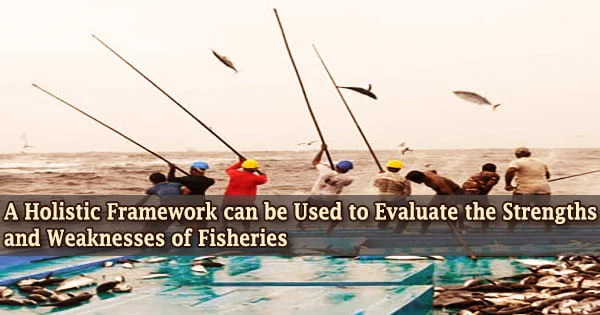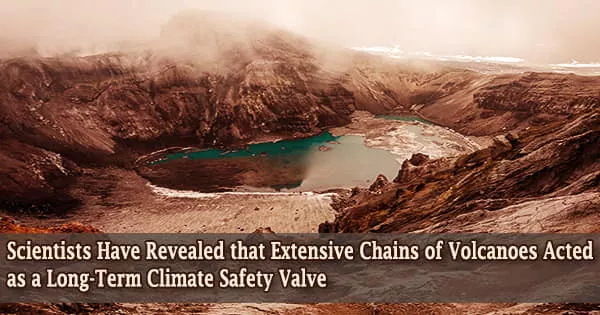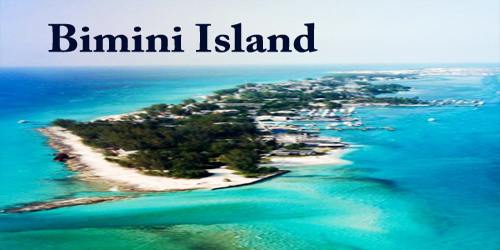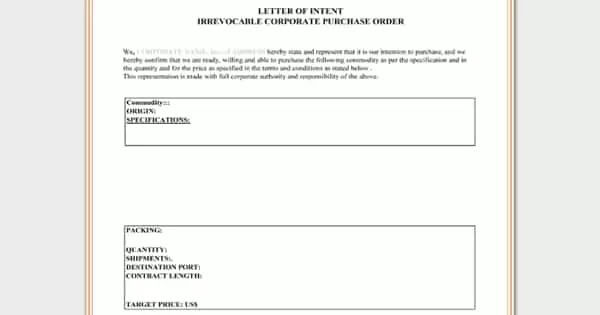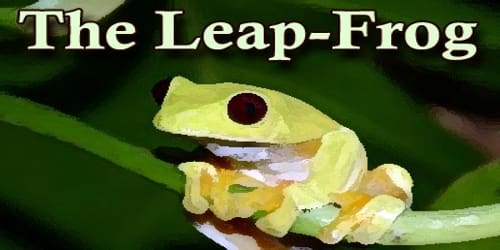An international team of fisheries experts has developed a new decision-making framework that can help fisheries improve their ability to adapt to a warmer world. According to marine biologist Jacob Eurich of the National Center for Ecological Analysis & Synthesis (NCEAS) at UC Santa Barbara, the tool is designed to remove a lot of the guessing out of identifying resilience in the face of climate change.
“Our goal is to be able to throw any fishery in this framework and pull out the bright spots and dark spots,” Eurich said. “And the idea is that a stakeholder group could then look at this framework and say, Here are the three attributes that we should focus on, first and foremost, that will give us the biggest impact moving forward.”
By empowering fisheries and the people who rely on them to identify solutions based on their individual needs, priorities, and conditions, they, and the communities that rely on them, will be better able to resist the different repercussions of a warming Earth. The findings of the study were published in the journal Fish and Fisheries.
What Is Resilience?
Fisheries are being depended upon to produce an increasing amount of the world’s food as the global population continues to climb. They’re also among the first food systems to feel the consequences of climate change, as oceans warm and waterways become more acidic.
“The frequency and severity of climate impacts are increasing, and we can project future scenarios with various modeling techniques to look at which fisheries might be in a more negative space in the coming decade,” said Eurich, the co-lead author on the paper with Jacqueline Lau at James Cook University and Julia Mason at the Cornell Atkinson Center for Sustainability, who took a deep, broad and holistic look at the notion of resilience across fisheries in this first-of-its-kind study.
It’s no easy task. From big commercial fisheries to tiny recreational and subsistence fisheries, the world’s fisheries are diverse. They’re also subjected to a wide range of local needs, restrictions, and environmental consequences.
Our goal is to be able to throw any fishery in this framework and pull out the bright spots and dark spots. And the idea is that a stakeholder group could then look at this framework and say, Here are the three attributes that we should focus on foremost, that will give us the biggest impact moving forward.
Jacob Eurich
“In California, for example, we had a severe heatwave from 2014 to 2016, and that impacted our local fisheries”; A marine heatwave and algal bloom impacted a variety of fisheries near and along the coast, including commercial rock crab operations, razor clam fisheries, and Dungeness crab fisheries, according to Eurich.
What California’s coastal fisheries require to endure environmental shocks may be different from what Northern Atlantic cod fisheries or Pacific Island tuna fisheries require.
“The way that we’re thinking about resilience is the ability of a fisheries system to rebound, or adapt to something that’s changing, or an external shock,” he said.
To come up with this concept, the researchers looked at research and data on fisheries resilience from three angles.
“The first is the ecological system what’s going on underwater; what’s happening to the fish stock as a population,” Eurich explained. “The second area is governance how is the fishery actually managed? And the third which has typically gotten the least attention out of the three dimensions is the socio-economic dimension, and particularly the social aspect of fisheries, or the intrinsic value, attachment, or mindset we have. Usually, we focus on the economic benefit, the population structure, and the dynamics of the species, but we’re really trying to highlight the human dimension here.”
The assessment of resilience takes into account history, culture, and even the political context.
Lessons to Learn
Examining fisheries in this way would reveal not only a fishery’s specific strengths but also any possible hazards or weaknesses that may occur as a result of climate change. The commercial California Dungeness crab fishery, for example, was regarded to be healthy due to strong productivity and big population size, according to the report.
These characteristics resulted in little management control and a low-risk perception, leaving the fisheries “unprepared and slow to respond” to severe algal blooms caused by the 2014-16 marine heatwave. As a result, the fisheries incurred considerable losses in terms of revenue.
Without having to recreate the wheel, the framework also allows managers to learn from other fisheries in order to better prepare for and respond to any failures. It has to do with Eurich’s work in the South Pacific, where communities are already suffering from the effects of climate change.
“A lot of the South Pacific island nations have a very strong resilience mindset,” Eurich said. “As a nation and a people the population is very, very connected traditionally and functionally to their ocean system.”
According to Eurich, resilience is a mindset that extends to governance, and as a result, local governments have the ability to adapt and respond quickly with policies and practices aimed at mitigating the effects of climate change.
“We’re trying to take lessons from a place like Kiribati or Fiji and implement them in other places to show that adaptive management, equitable and inclusive thinking, or a more transparent system between people and their environments actually helps resilience moving forward,” he said.
The Climate Resilient Fisheries Working Group of the Science for Nature and People Partnership (SNAPP) convened 23 fisheries scientists and practitioners from seven countries at NCEAS to conduct this research.
